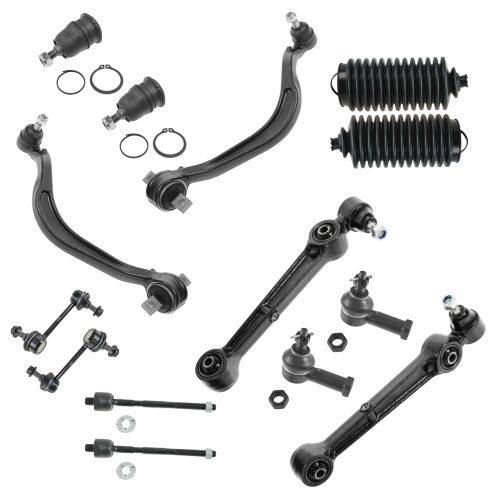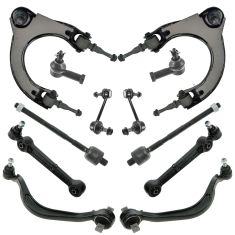1ASFK04362-Dodge Chrysler Mitsubishi Eagle Front 14 Piece Steering & Suspension Kit DIY Solutions SUS03300

Replaces
1995 Dodge Avenger Front 14 Piece Steering & Suspension Kit DIY Solutions SUS03300

Product Reviews
Loading reviews
5.00/ 5.0
3
3 reviews
Better than expected!
August 5, 2019
Parts came quick and were better than expected! Perfect fit
Front end kit for Mitsubishi eclipse
May 14, 2021
Fit is absolutely perfect I'll definitely buy from you guys again, I have told my friends and family about your website,,my only dislike is all the parts could use more grease other than that I'd give it a 10
January 19, 2023
Good for a daily driver.
Customer Q&A
No questions have been asked about this item.
Dodge is a registered trademark of FCA US LLC. 1A Auto is not affiliated with or sponsored by Dodge or FCA US LLC.
See all trademarks.















